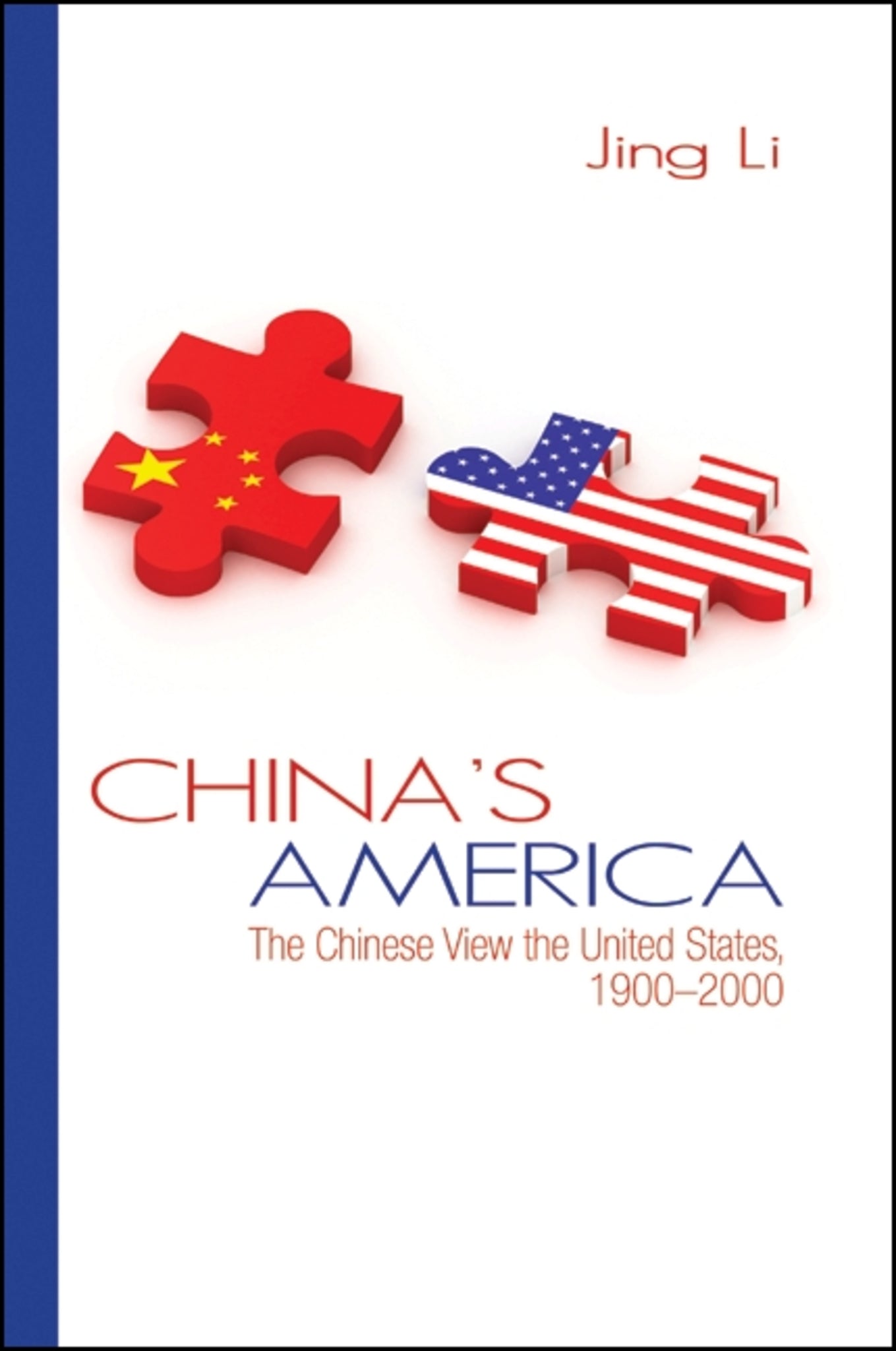We're sorry. An error has occurred
Please cancel or retry.
China's America

Some error occured while loading the Quick View. Please close the Quick View and try reloading the page.
Couldn't load pickup availability
- Format:
-
01 March 2011

A fascinating look at Chinese perceptions of the United States and the cultural and political background that informs them.
2011 CHOICE Outstanding Academic Title
Winner of the 2011 Best Book Award presented by the Chinese American Librarians Association
What do the Chinese think of America? Why did Jiang Zemin praise the film Titanic? Why did Mao call FDR's envoy Patrick Hurley "a clown?" Why did the book China Can Say No (meaning "no" to the United States) become a bestseller only a few years after a replica of the Statue of Liberty was erected during protests in Tianamen Square?
Jing Li's fascinating book explores Chinese perceptions of the United States during the twentieth century. As Li notes, these two very different countries both played significant roles in world affairs and there were important interactions between them. Chinese view of the United States were thus influenced by various and changing considerations, resulting in interpretations and opinions that were complex and sometimes contradictory. Li uncovers the historical, political, and cultural forces that have influenced these alternately positive and negative opinions. Revealing in its insight into the twentieth century, China's America is also instructive for all who care about the understandings between these two powerful countries as we move into the twenty-first century.


"China's America … makes a substantial contribution to our understanding of China's view of the United States in the late twentieth century. I recommend it for anyone interested in how Chinese public opinion has been shaped in recent decades or for those interested in recent U.S.-China relations." — Steve Harrison, H-Net Reviews (H-War)
"Li has produced an excellent, lucid, and original contribution to the literature on Sino-American relations." — Journal of American History
"…Li's pathbreaking work on how the Chinese people have perceived the US throughout the 20th century is a truly spectacular book. Beautifully written, intelligently organized, and superbly researched, it closes with insightful and … significant observations about how cultures interact … this book should be required reading for any US government official at any level in the government … assigned to go to China or work on US policies toward China. Students interested in studying in China, vacationers, and large and small US corporations seeking to do business there will all benefit from this marvelous book." — CHOICE
"China's America makes a well-reasoned, well-documented contribution to the story of US-China relations, combining personal perspectives with official positions in a coherent way." — Edgar A. Porter, coeditor of China in Oceania: Reshaping the Pacific
List of Illustrations
Acknowledgments
Note on Romanization
Illustration Credits
Introduction
1. Statesmen, Scholars, and the Men in the Street, 1900–1949
2. "Farewell, Leighton Stuart!": Anti-Americanism in the Early Fifties
3. Challenging a Taboo: China's Liberal Critics and America in 1957
4.. Communist Crusade and Capitalist Stronghold: Mao's Everlasting Revolution and the United States, 1957–1979
5. A Balancing Act: The People's Daily, 1979–1989
6. Chinese Review America: The Dushu Magazine, 1979–1989
7. Popular and Not-So-Popular America: The Chinese Masses and the U.S.A. in the 1980s
8. Shall the Twain Ever Meet? Old Themes and New Trends in the Last Decade of the Century
Conclusion
Historiographical Note
Notes
Bibliography
Index



